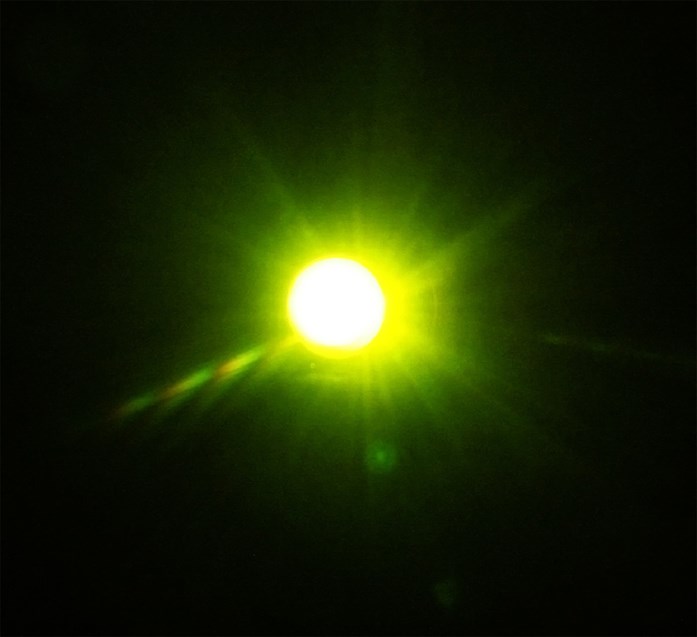Laser-guided system can detect dangerous materials half-mile away
Image: Brett Hokr
First responders can now identify explosives, biological agents or hazardous chemicals from a half mile and more, thanks to new technology developed at Texas A&M University.
The technology, which was developed by a team of researchers that includes Professor Vladislav Yakovlev of the university’s Department of Biomedical Engineering, makes use of lasers to traverse long distances and identify dangerous materials present within powders that commonly act as carriers for explosive nitrates and lethal biological agents such as anthrax and ricin. In addition, the laser-guided system has agricultural applications, particularly as a tool for precision farming, and forensic capabilities.
The work of the team, which includes Distinguished Professor of Physics and Astronomy Marlan O. Scully, is funded by the National Science Foundation as well as the U.S. Air Force Research Laboratory. The team’s findings are detailed in the scientific journals “Nature Communications” and “Proceedings of the National Academies of Sciences.”
The potentially life-saving technology is made possible by a high-powered laser that is beamed onto a powder for an extremely short amount of time (about a trillionth of a second), says Yakovlev, an authority on sensing instrumentation. When laser light contacts the molecules present within the powder, it experiences a scattering effect that researchers can analyze to construct a sort of molecular “fingerprint” that reveals the exact chemical makeup of the powder.
“As part of our research, we identified individual nitrates in powder at a distance of a half kilometer,” Yakovlev says. “In a single shot we were able to distinguish those chemicals with 99-percent accuracy, and now we’re working on identification from even greater distances.”
News coverage:
- A&M researchers hone laser for explosives, drug detention (Bryan-College Station Eagle, Aug. 17, 2014)
#TAMUresearch


